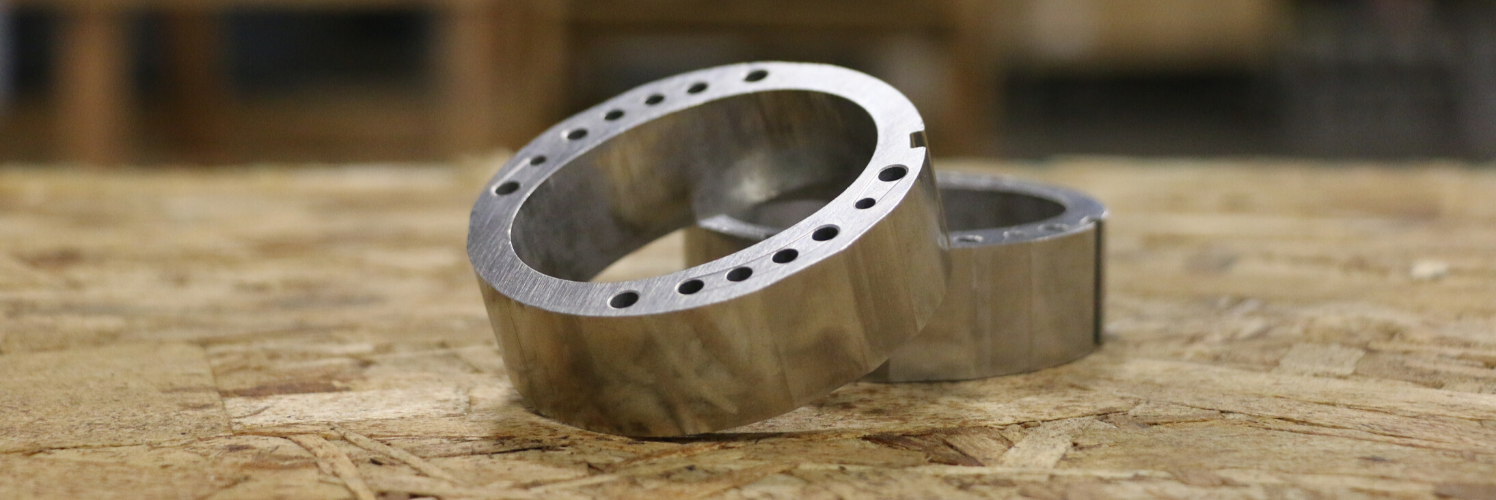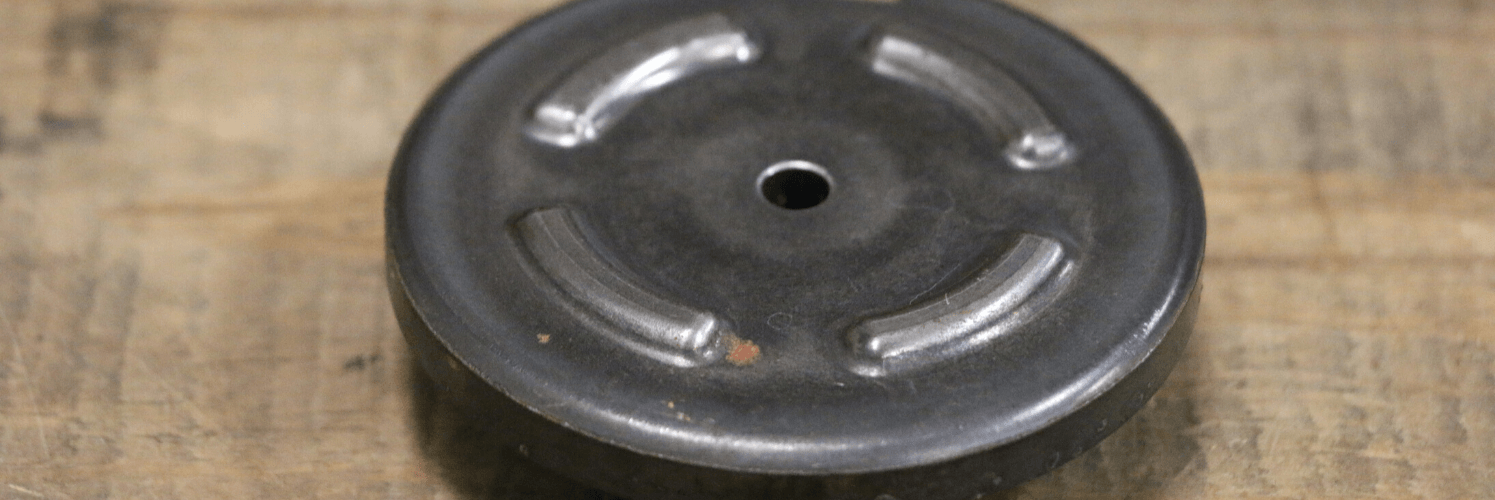Like most manufacturing processes, porosity is inherent to powder metallurgy. Porosity is only considered a defect if it is interconnected and creates a leak path can affect the part’s structural integrity and performance. This blog discusses the four main reasons why vacuum impregnation is used to seal powder metallurgy leak paths.

Preventing Fluids or Gases from Leaking Under Pressure
If the leak paths are not sealed, then fluids or gases may leak from the part. Vacuum impregnation prevents fluids or gases from leaking by sealing the porosity and leak paths. The process does this without changing the powder metal component’s dimensional or functional characteristics
Reduce Corrosion
Plating operations submerge the parts in acid solutions. The residual acid can seep into the porosity, which causes corrosion. Sealing the components before plating eliminates the risk of internal corrosion.

Improve Machinability
Secondary machine operations, such as drilling, tapping, or cutting, are impaired as the voids between the particles cause tool chatter, reducing tool life and finish quality. Vacuum impregnation stabilizes and supports the individual powdered metal granules during machining. This improves machinability by making it more efficient, eliminating tool chatter, and improving the machined finish.
Enhance Surface Finishing
Powder metal porosity absorbs oils, fluids, deburring fluids, pre-plating cleaners, and acids. If not sealed, fluids may bleed out and negatively affect the finish. Sealing the porosity before secondary finishes will eliminate any failure mode that could develop from bleed out of pretreatments.
Conclusion
Vacuum impregnation adds value to powdered metal components. The process eliminates failure modes caused by porosity, produces pressure tight parts, improves machinability, and meets surface finish/appearance requirements.
